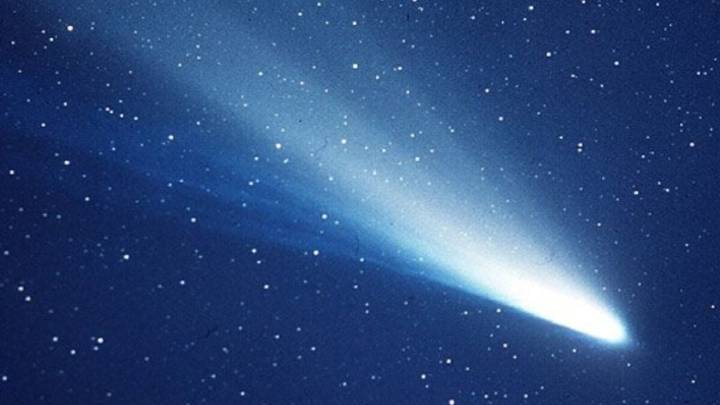Roughly 12,800 years ago, as Earth was emerging from its last great ice age, temperatures in the Northern Hemisphere suddenly plummeted back to near-glacial conditions. The cause of this abrupt shift—known as the Younger Dryas cool period—remains a mystery to this day, but new evidence may give credence to its most controversial explanation.
Researchers analyzed sediment cores extracted from the seafloor of Baffin Bay near Greenland, finding indicators of a cosmic impact event inside the layer that correlates to the Younger Dryas. The findings, published August 6 in the journal PLOS One , suggest that a comet—or its remnants—exploded in Earth’s atmosphere at around the same time that this 1,200-year-long cold snap began.
A controversial hypothesis
The study offers new support for th

 Gizmodo
Gizmodo

 AlterNet
AlterNet Reuters US Domestic
Reuters US Domestic Raw Story
Raw Story Associated Press US News
Associated Press US News WKOW 27
WKOW 27